Australia may not be the first place people think of as a source of exotic food, but the country boasts a wide variety of exotic delicacies that you aren’t likely to find anywhere else in the world. The country’s cuisine, which is loaded with a mix of Asian, African and Aboriginal influences, features many distinctly Australian dishes, both iconic and relatively unknown. From unexpected sources of meat to fish to native fruits and vegetables, here are some of the most exciting, exotic Australian food.
Kangaroo
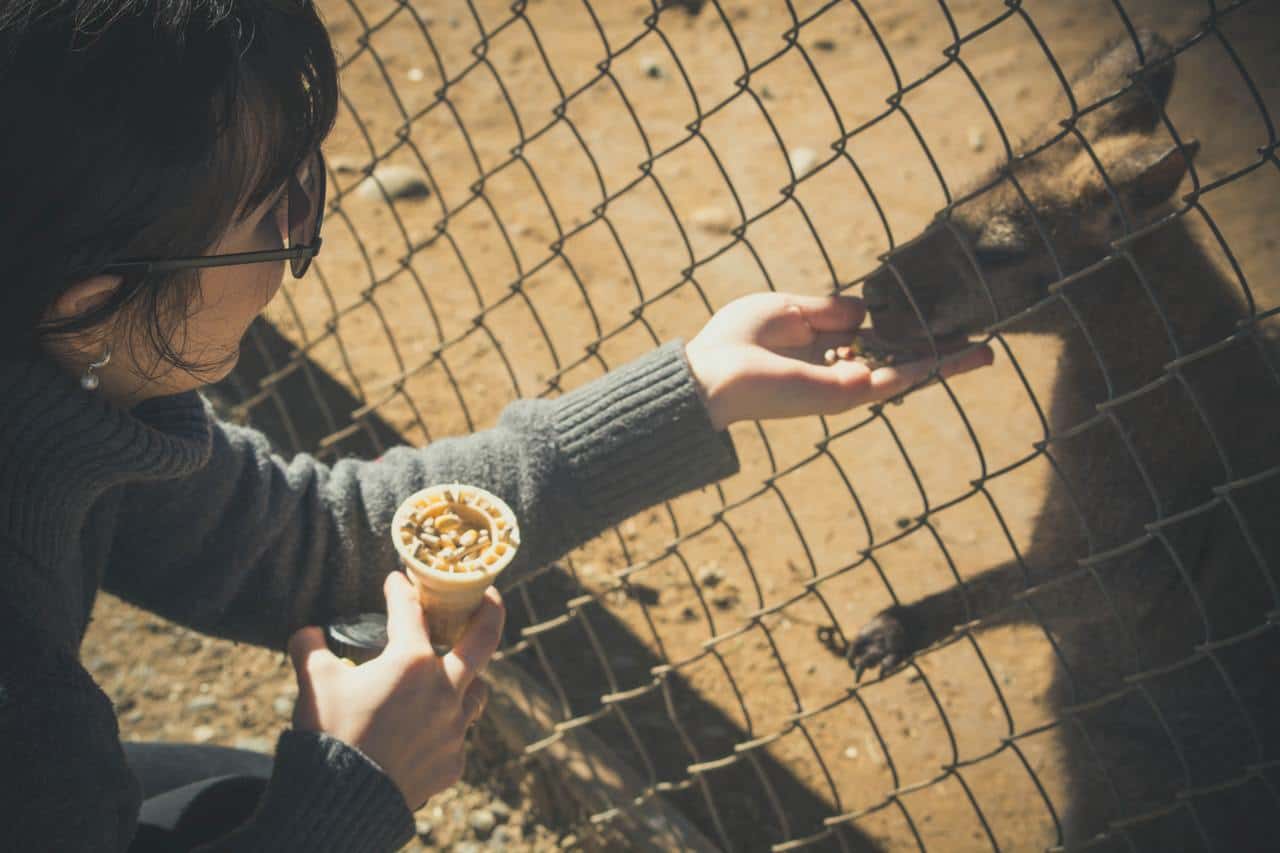
Kangaroos, which are native only to Australia, are used in certain parts of the country to make a wide variety of dishes. Today, Australian cuisine features kangaroo in the form of roo steaks, kangaroo meat stir-fries and kangaroo tail soup. The meat from the animal is low in fat and cholesterol is high in protein, and although it can become chewy when cooked, many chefs cook kangaroo on the rare side (especially for steaks) to keep the meat more tender.
Crocodile

For a long time, crocodile meat and eggs were fixtures of Aboriginal cuisine, but in modern Australia, you can still find crocodile dishes in a variety of forms. Many upscale restaurants serve crocodile sushi or carpaccio. For less adventurous eaters, crocodile fillets can also be grilled or pan-fried, similar to the preparation of alligator fillets in parts of the southern United States.
Quandong
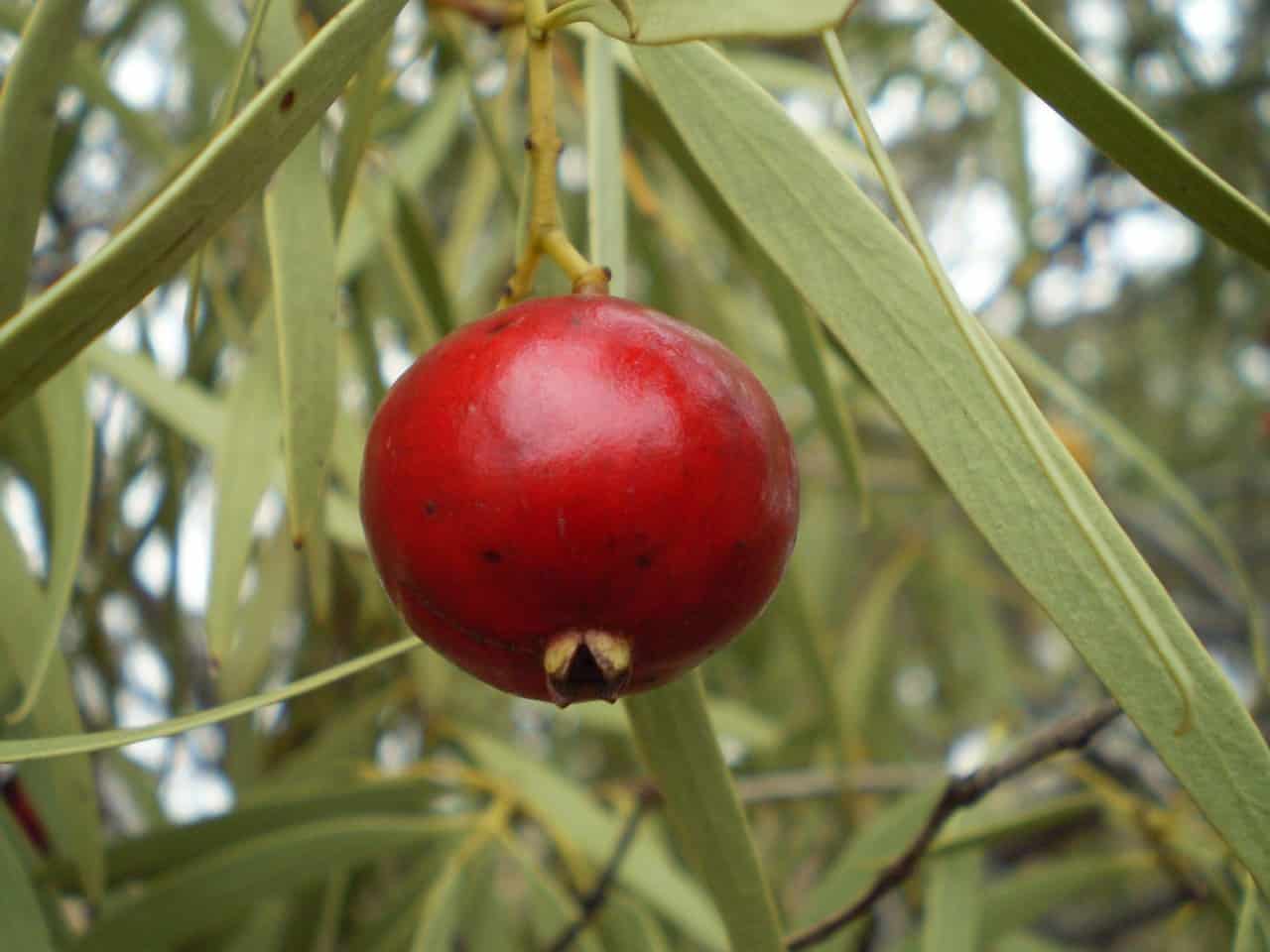
The Quandong fruit is native to Australia and spread primarily through the droppings of emu. Quandong fruit is sweet and similar in taste to a peach, and it packs quite a bit of Vitamin C. The fruit is often eaten on its own, but you can also use Quandong to make jams, preserves or savory Quandong pies.
Flathead Fish
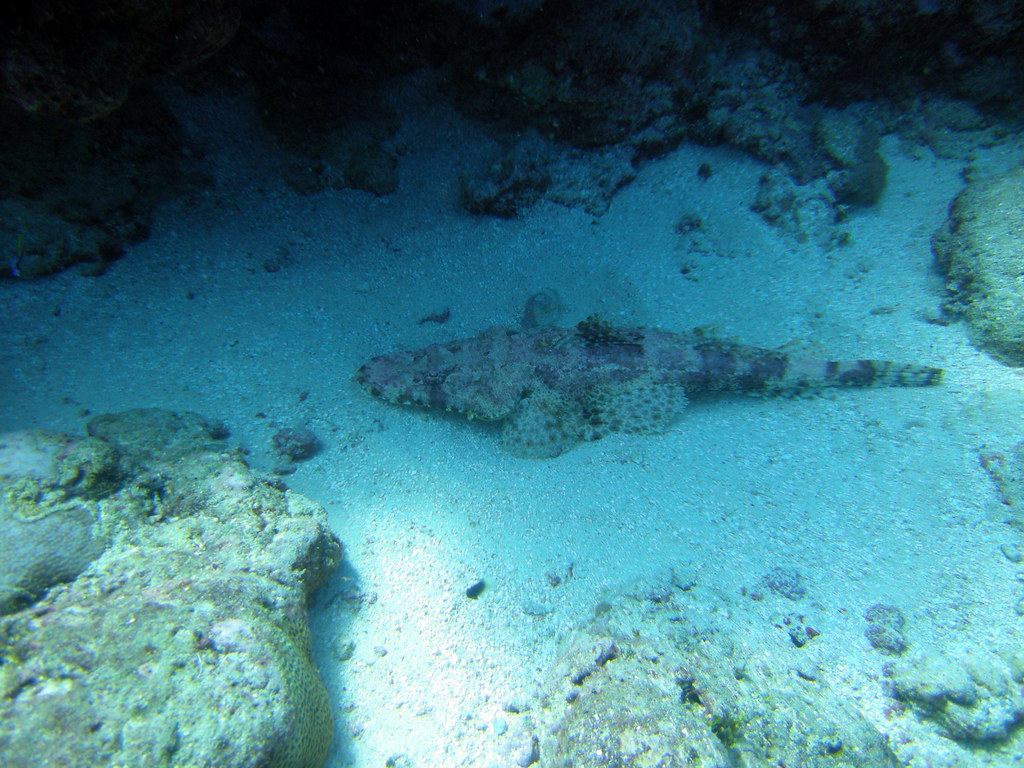
Flatheads are a poisonous fish that can be found in dishes across Australia when in season. Chefs must carefully remove the poisonous spine when preparing flathead, but the meat of the fish is delicious, particularly the belly.
Emu

Emu meat is another exotic Australian staple, as they are commonly raised in the country for their meat. Emu can be prepared in many ways, often in fillets or in the form of jerky, and while the meat can be a bit tough, it’s worth trying if you’re looking to be adventurous.
Witchetty Grubs
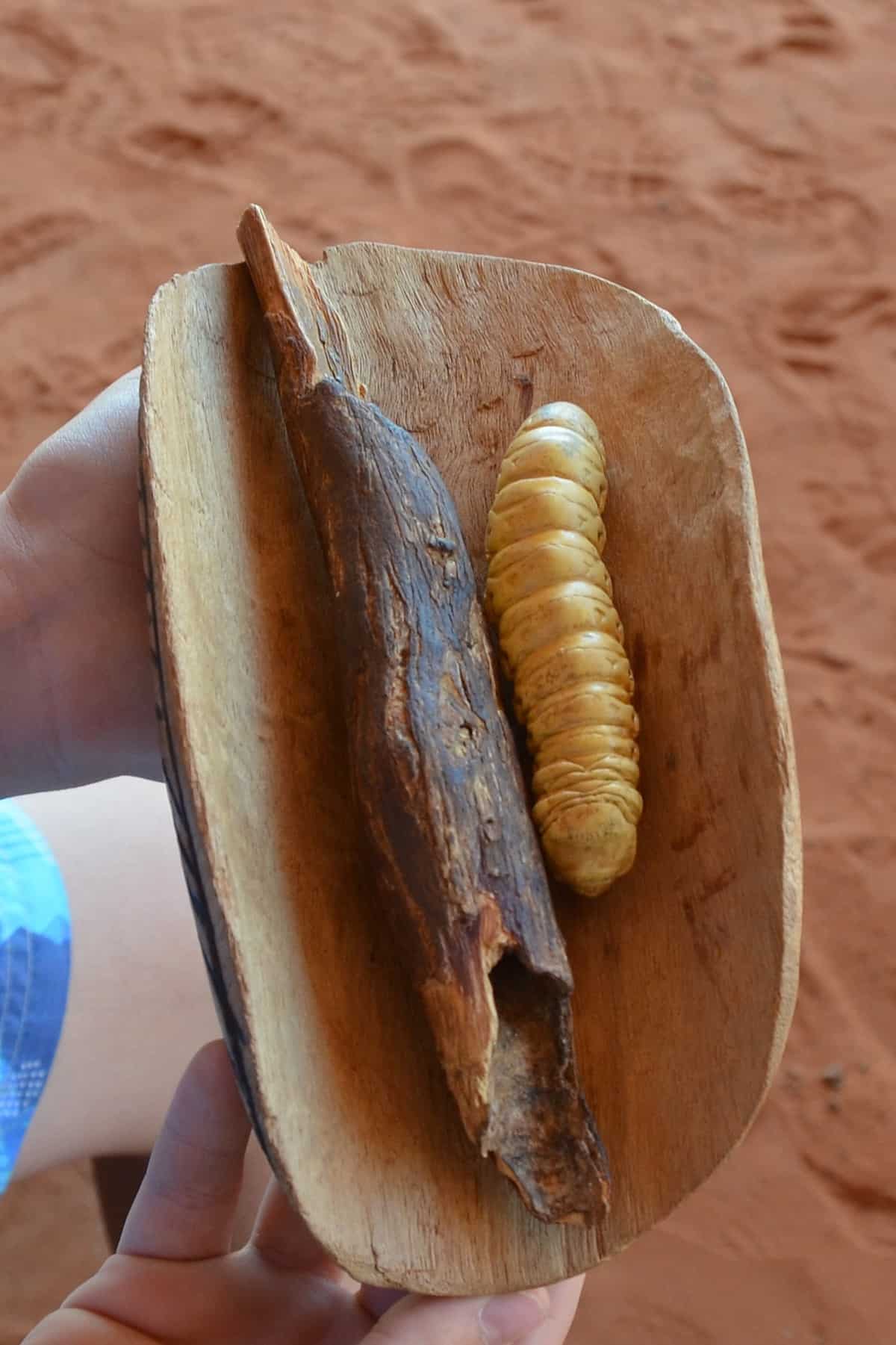
If your definition of ‘exotic’ means adventurous eating, perhaps the most adventurous Australian food is Witchetty grubs. These grubs are the larval form of ghost moths and contain lots of protein like many other insects. Some people will eat the grubs live and raw. They are occasionally featured as sushi, but Witchetty grubs can also be barbecued to make them more palatable. Eaters who feel a little uneasy about consuming insects may want to try dipping them in delicious whole egg mayonnaise or even ketchup. The grubs will still be consumed, even if you have to dip them in a familiar and delicious coating.
Wattleseed Ice Cream
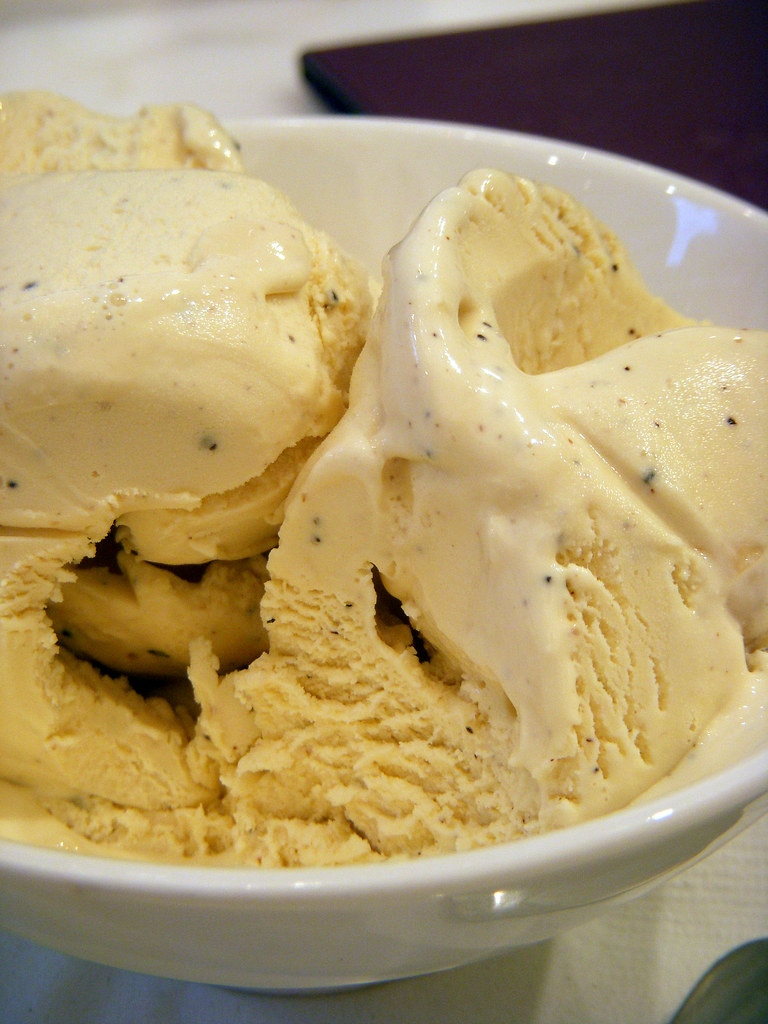
For a distinctly Australian dessert, there is wattleseed ice cream, which gets its flavor from a spice made from the seeds of the native wattleseed plant. The spice made from the seeds has a pleasant nutty flavor that many people find similar to that of coffee, hazelnut and certain kinds of chocolate. Wattlessed now finds its way into many Australian desserts, but wattleseed ice cream is one of the best.
Finger Lime: The Caviar of Citrus
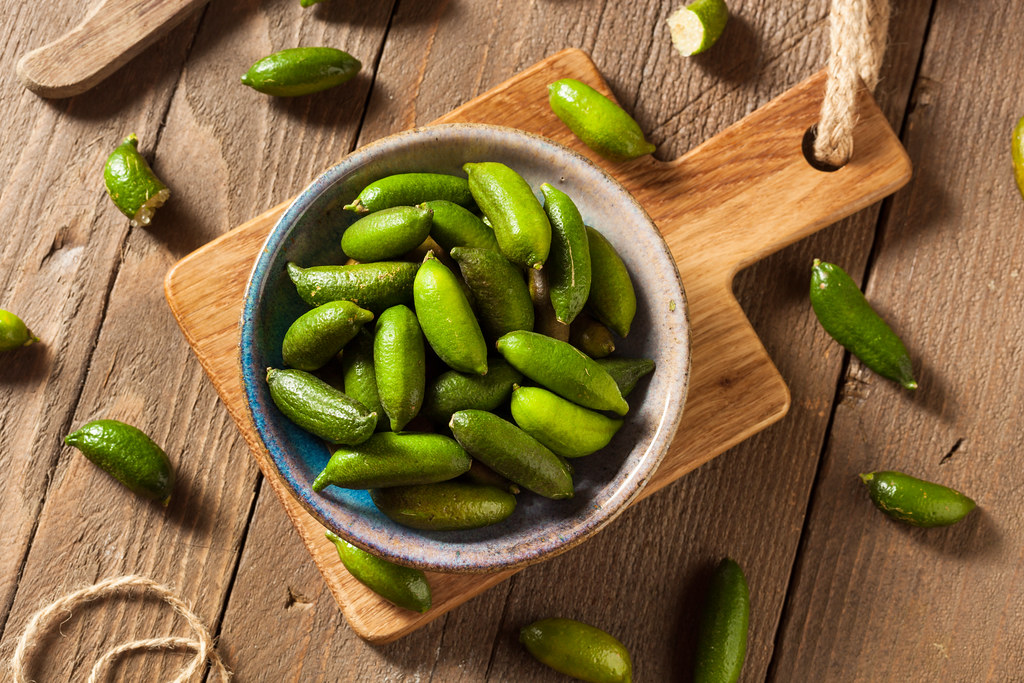
Native to Australia, the finger lime is a unique and visually stunning citrus fruit. Often referred to as “citrus caviar,” its interior is filled with small, round vesicles that burst with a tangy lime flavor. This exotic fruit is not only a visual delight but also adds a zesty, refreshing taste to desserts, seafood dishes, and even cocktails, making it a prized ingredient in contemporary Australian cuisine.
Bush Tomato: The Outback’s Flavorful Gift
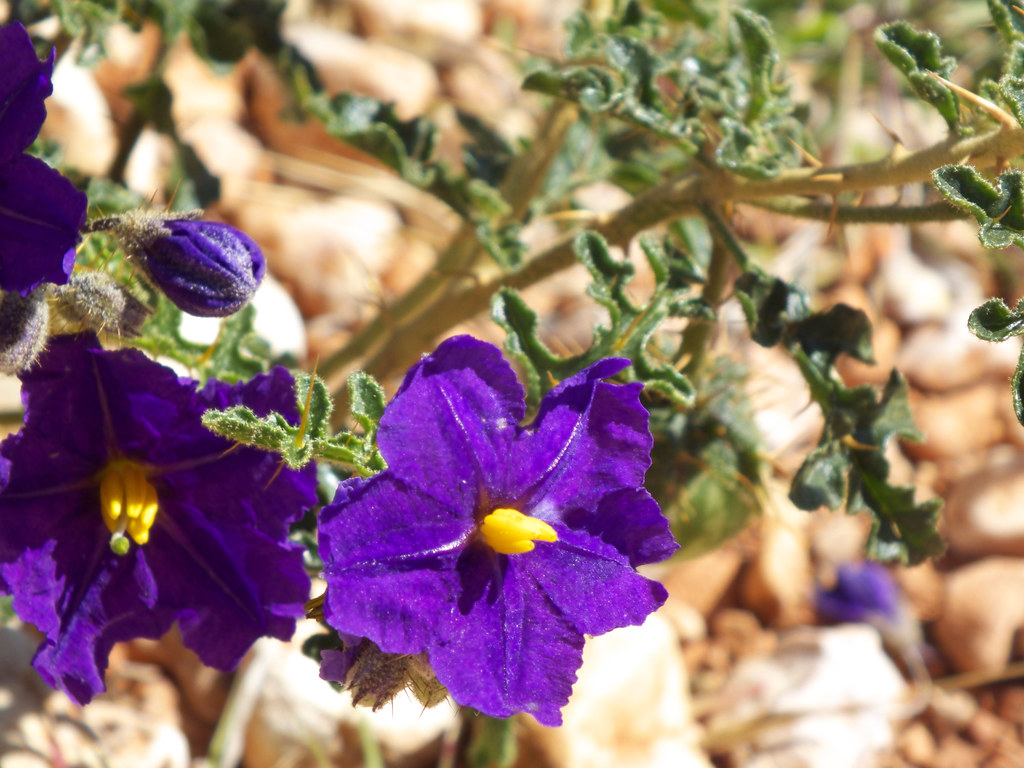
The bush tomato, also known as the desert raisin, is a traditional Aboriginal food. This small, round fruit has a strong, tangy flavor and sun-dried, raisin-like texture. Bush tomatoes are often used in sauces, chutneys, and seasonings, adding a unique depth and earthiness to various Australian dishes.
Lemon Myrtle: Aromatic and Versatile

Lemon myrtle is an indigenous Australian plant known for its fresh, lemon-lime scent. The leaves are used to impart a vibrant citrus flavor in many dishes, ranging from baked goods to savory entrees and even teas. Its versatility and refreshing aroma make lemon myrtle a beloved ingredient in both traditional and modern Australian cooking.
Macadamia Nuts: Australia’s Native Nut
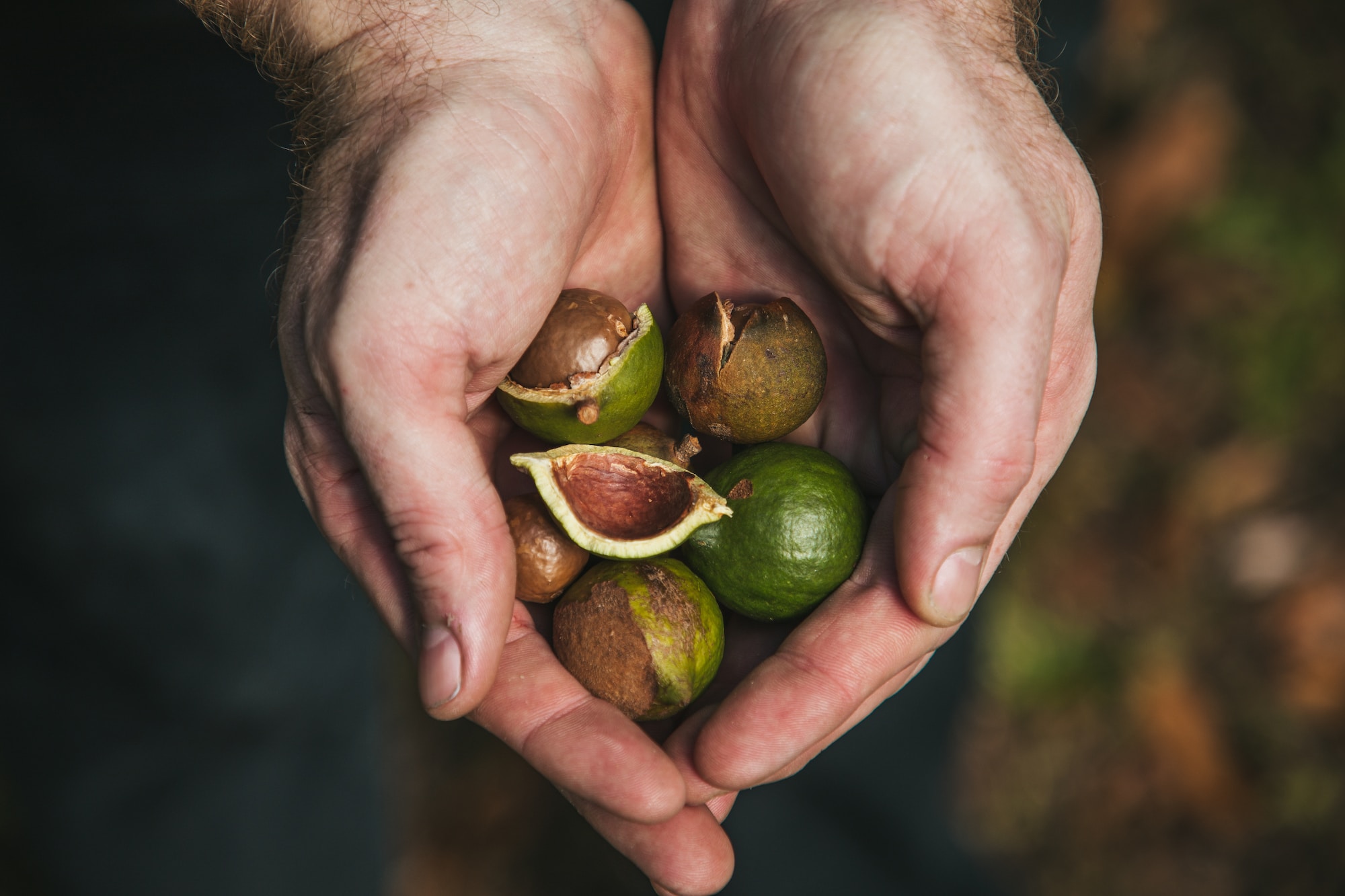
While macadamia nuts are now grown in various parts of the world, they are native to Australia. These buttery, rich nuts are not only enjoyed as a snack but also feature prominently in Australian cuisine. They are used in a variety of dishes, from crunchy toppings on salads and desserts to rich, creamy sauces and even in crusting meats and fish.
Moreton Bay Bugs: A Seafood Delicacy

Moreton Bay bugs, a type of lobster found in the waters of Northern Australia, are a seafood lover’s delight. With a sweet, delicate flavor and tender flesh, they are often grilled, barbecued, or served in rich, creamy pasta dishes. These bugs are a luxurious treat and a must-try for anyone exploring the depths of Australian seafood cuisine.
Australian Truffles: A Hidden Gem
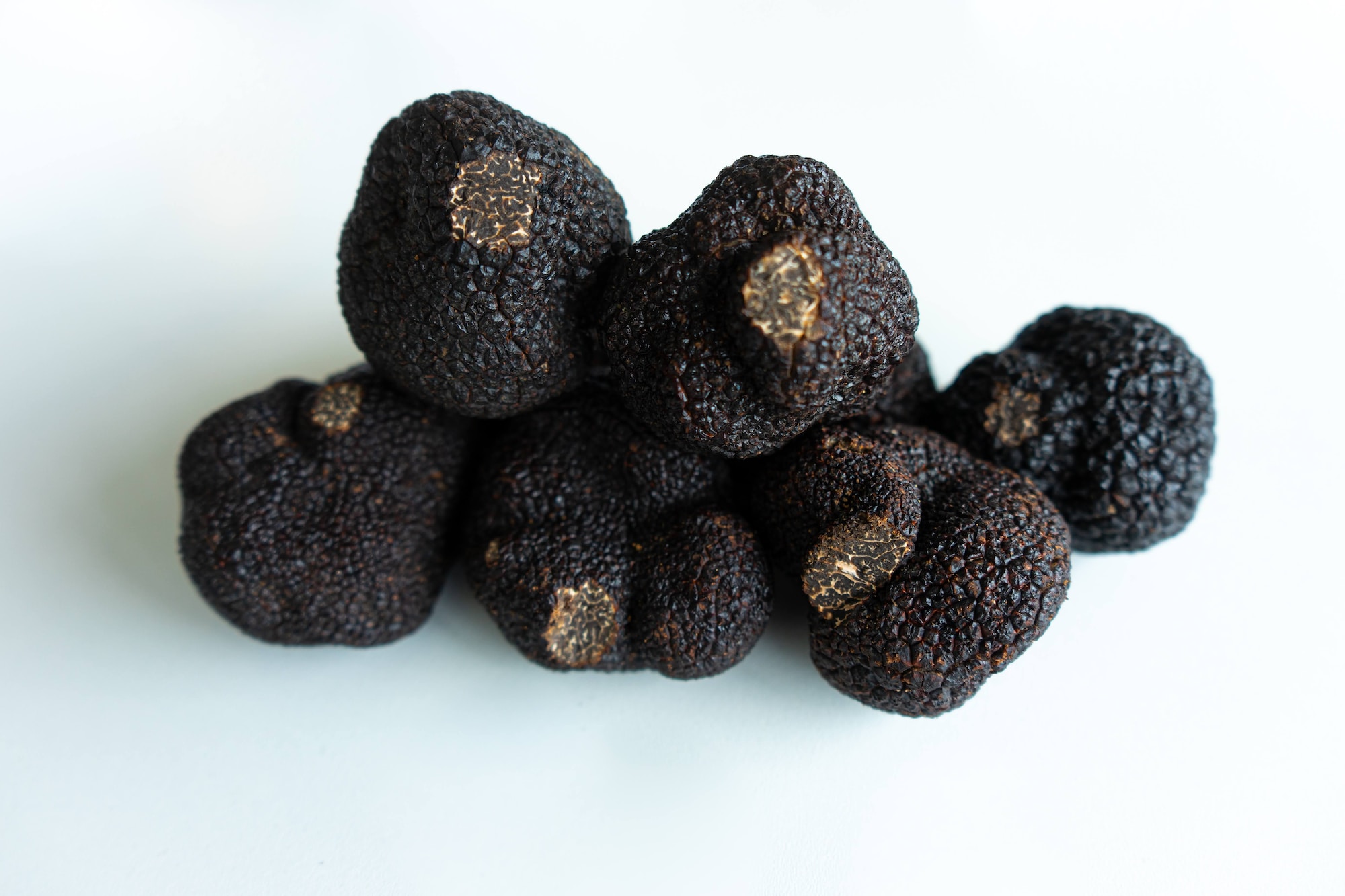
While truffles are more commonly associated with European cuisine, Australia has emerged as a significant producer of these highly prized fungi. Australian truffles, particularly the black Perigord truffle, have gained international acclaim for their intense aroma and flavor. Used in a variety of high-end dishes, these truffles add a touch of luxury and sophistication to the Australian culinary scene.
Saltbush: A Hardy Herb with a Unique Flavor
Saltbush is a native Australian plant that thrives in the arid regions of the continent. Its leaves are used in cooking for their salty, herbaceous flavor. Saltbush is versatile, used in everything from seasoning meats to adding a unique twist to salads and baked goods. It embodies the resilience and diversity of Australian flora.
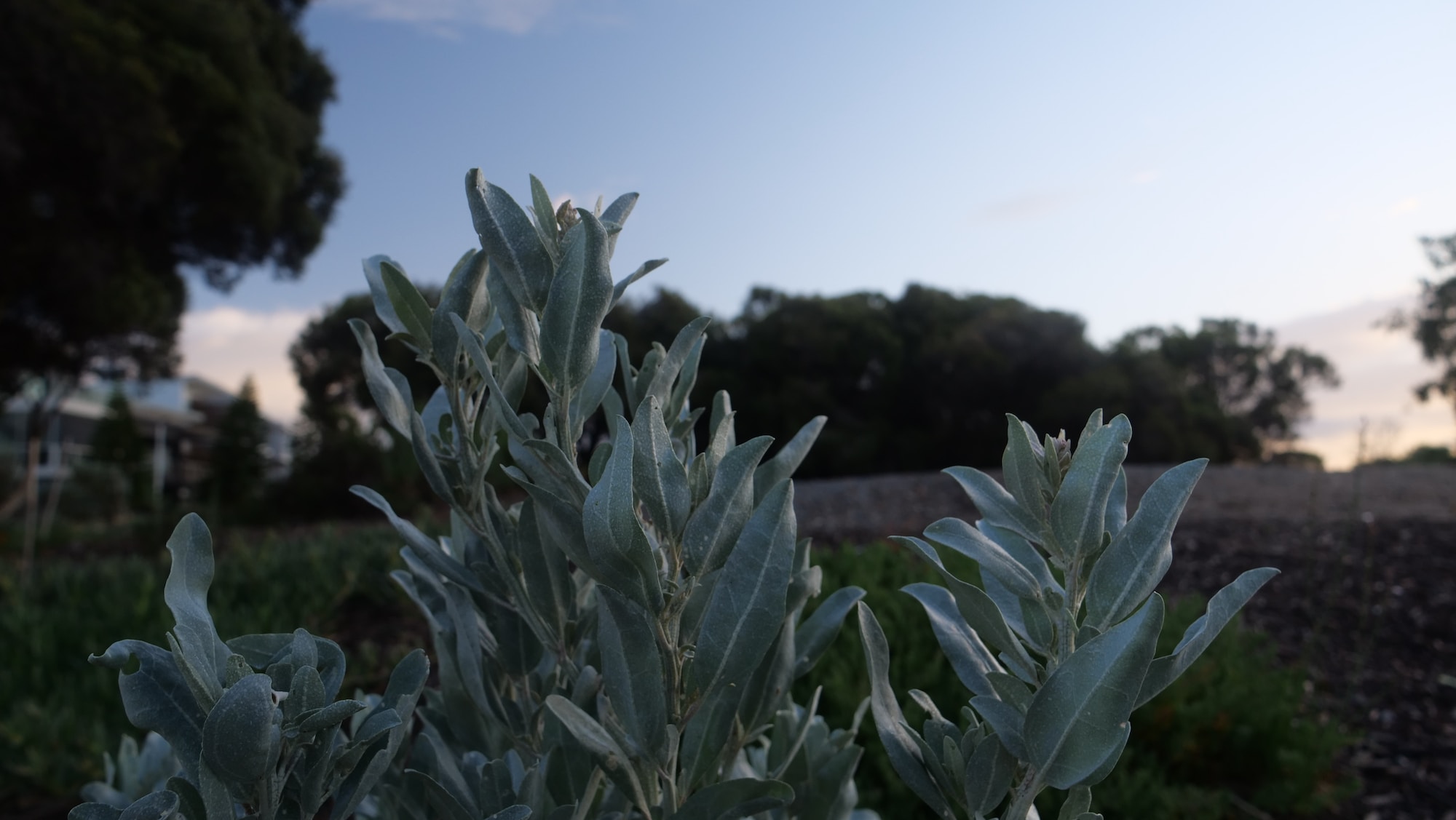
Australia’s culinary offerings are as expansive and varied as the continent itself. Each unique and exotic ingredient tells a story of the land, its history, and its people. From the bush to the sea, these flavors not only tantalize the taste buds but also offer a glimpse into the heart of Australian culture and its connection to the natural world.
